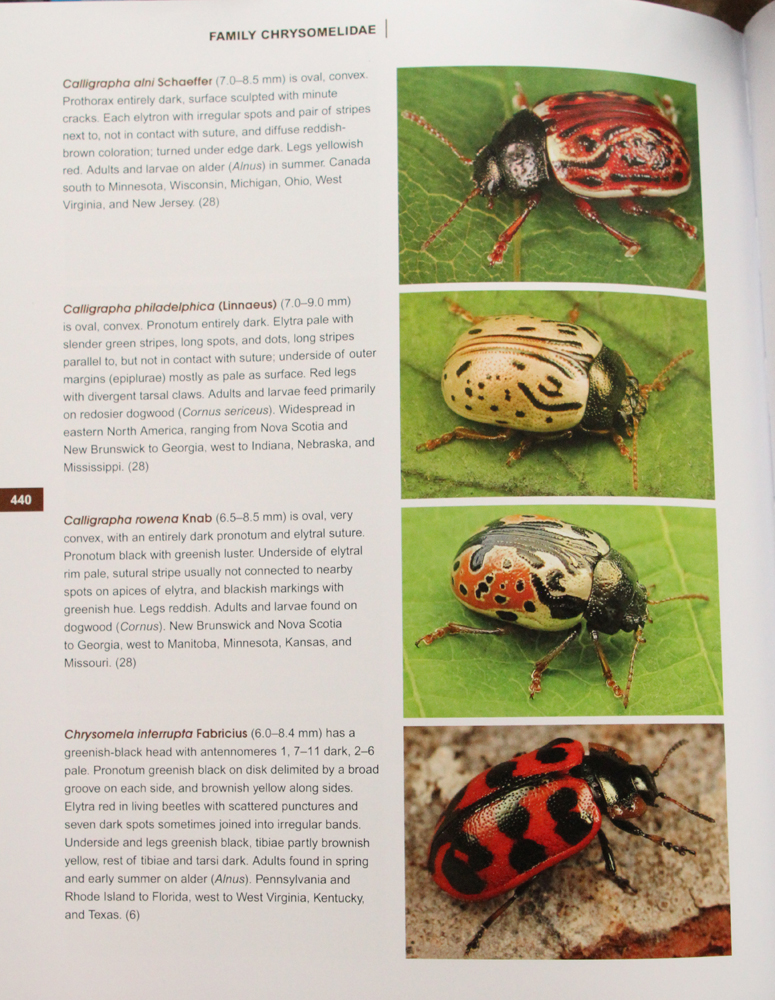Looking for that last minute gift idea? (Of course not, it's not December 23rd yet is it?) But if you were, what better idea than a fine selection from Princeton Books who are willing to provide review copies to blogging shills?
I've really enjoyed the Dragonfly book, I have focused more on Odes the last couple summers than I have birds. With that in mind, Beetles of Eastern North America.
I had no idea how many of them there are. There's a mere 115
families known from the region. The book estimates that 20% of all life forms (including plants) are a beetle of some form. With that in mind, it covers about 1400 bugs, many of them without a common name. They state that 1400 represents about 10% of the possibilities. It's a fairly heavy ~550 page book.
This is the layout, a page of fairly attractive things in the ladybug group
There's a nice intro describing strategies to find and attract beetles, not all of which are intuitive.
There's also a nice key to putting a bug into a general family; I would have appreciated something like this in the dragonfly book where I was essentially just page-whacking, thumbing through the book more or less at random trying to stumble onto the next section. They also include a ruler on the inside of the front and back cover, the lack of which was also a big critique I had of the dragonfly book. Somewhat disconcertingly, that ruler goes up to 7 inches (!).
I'm not sure that birders are the ideal target audience, dragonflies and butterflies are an easier leap. I think a person as interested in natural history in general may be more likely to embrace this menagerie.






















